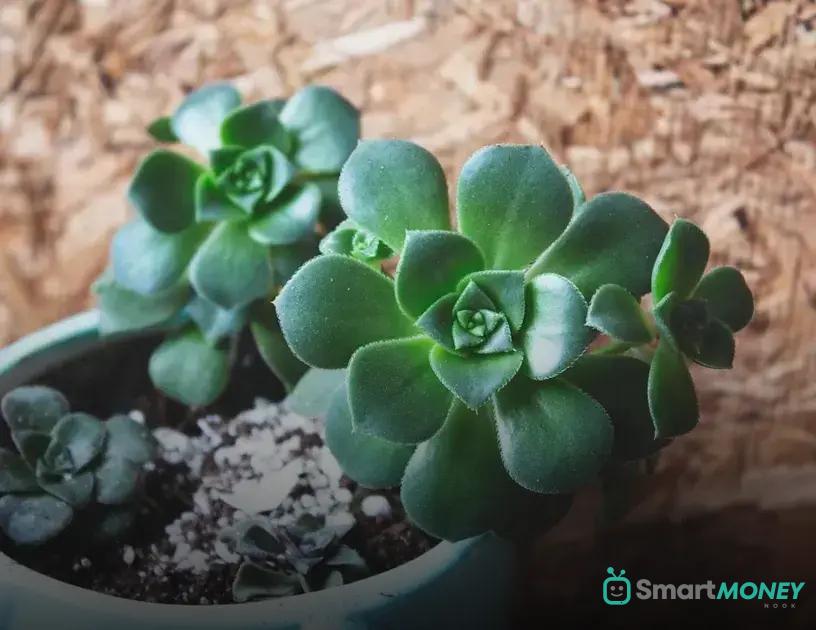Winter can be tough on plants, but with the right seasonal care, you can prepare your garden to thrive. Understanding your plant’s winter needs and adapting your gardening techniques can make all the difference. From choosing the appropriate soil to insulating your garden, this guide will help you protect your plants. Let’s dive into effective strategies for managing the winter months and ensuring your plants remain healthy and resilient.
Understanding Your Plant’s Winter Needs
During the colder months, plants, much like people, have unique needs to stay healthy. Understanding these needs is crucial to preparing your plants effectively for the winter season. One key aspect is recognizing the dormancy period many plants undergo. This is a natural process where growth slows down, allowing the plant to conserve energy.
Temperature regulation is vital. Outdoor plants may require insulating care to shield them from freezing temperatures, while indoor plants might need relocation to ensure they receive ample sunlight without suffering from drafty windows.
Light levels during winter are significantly reduced, impacting photosynthesis. Consider supplementing with artificial light or moving plants to brighter locations. Paying attention to the reduced lighting needs can prevent leggy growth and keep your plants thriving.
Another critical factor is to watch for signs of stress. Checking for wilting leaves, discolored foliage, or stunted growth can indicate that your plant is struggling. Addressing these issues promptly by adjusting care routines can keep plants healthier over the winter months.
Understanding your plant’s winter needs also involves recognizing their specific species characteristics. Each plant has unique requirements, and a one-size-fits-all approach may not be effective. Spend time researching individual plant needs to tailor care appropriately.
Insulating Your Garden for Cold Weather

Understanding the Importance of Insulation
When cold weather approaches, insulating your garden becomes essential. Cold can damage plant tissues and roots, so it’s crucial to take measures to protect them. You’ll want to keep the soil temperature steady, preventing freezing and thawing cycles that can harm your plants.
Using Mulch as an Insulator
A simple and effective way to insulate your garden is by using mulch. Spread a thick layer around the base of your plants. This layer acts as a barrier, keeping the soil warm and moist. Organic mulches like straw, wood chips, or leaves can also break down over time, adding nutrients back into the soil.
Setting Up Physical Barriers
For additional protection, consider setting up physical barriers. Windbreaks, such as fences or hedges, can shield your garden from harsh winds. Additionally, row covers or garden fabric can be used directly over plants for extra warmth.
Bubble Wrap for Pots
If you have potted plants, wrap the containers with bubble wrap to insulate them. This method helps in keeping the root zones of the plants warmer, which is crucial when temperatures drop significantly.
Winterizing Greenhouses
If you own a greenhouse, insulating it will help in maintaining a feasible temperature for your plants. Check for drafts and seal any leaks. Adding a layer of bubble wrap or using thermal screens can boost energy efficiency and keep the inside environment stable.
By following these techniques, you’ll help your garden survive cold weather, keeping plants healthy and ready for growth when spring arrives.
Choosing the Right Winter Soil Care
One crucial step in winter plant care is selecting the right soil treatment. To start, analyze the soil type in your garden. Is it clay, sandy, or loamy? Understanding the soil type will help you choose appropriate amendments that improve the soil structure during winter.
Next, consider soil amendments such as compost or organic matter. These can enhance soil fertility and help retain moisture, which is essential during cold and dry conditions. Adding a layer of mulch can also insulate the soil, protecting it from freezing temperatures.
Soil pH levels can shift in winter, impacting nutrient availability. Test the soil pH and adjust it to ensure that the plants can access necessary nutrients. Sulfur or lime may be added to modify pH, depending on whether it needs to be more acidic or alkaline.
Another important aspect is drainage. Winter precipitation can lead to waterlogged soil. Ensure your garden has adequate drainage, as overly wet soil can cause root rot. Raised beds or adding sand can improve drainage in heavier soils.
Finally, using winter cover crops like clover or rye can also enhance soil health. These plants not only protect the soil from erosion but also add nutrients. As they decompose, they enrich the soil for the next growing season.
Protective Covers: How and When to Use

During the colder months, understanding how and when to use protective covers is essential to ensure your plants survive winter’s chill. Protective covers function as a buffer against frost, snow, and cold winds, providing an extra layer of insulation.
Start by assessing the vulnerability of your plants. Delicate perennials and newly planted shrubs benefit significantly from protective covers. Frost cloths and row covers are superb options, offering frost protection while allowing moisture and sunlight to reach your plants. They are breathable, reducing the risk of overheating during unexpected warm spells.
When to apply protective covers? Key to effective usage is timing. Monitor weather forecasts vigilantly. As temperatures consistently drop near freezing, covering your plants at night is crucial. In the morning, when temperatures rise, remove them to let plants breathe and capture sunlight.
How to use the covers effectively? Secure the covers around the base of the plants, ensuring the entire plant is shielded from harsh elements. For smaller plants or beds, consider using cloches or create a makeshift tent with stakes and garden fleece.
Proper application and timely removal of protective coverings are critical steps. With these strategies, you can aid your plants in their winter survival, promoting healthier regrowth when spring arrives.
Managing Watering During Winter Months
Managing Watering During Winter Months
Proper watering is crucial during the winter, as overwatering can lead to root rot, while underwatering can dry out your plants. It’s important to adjust your watering routine to suit the colder and often drier months. During winter, plants are usually dormant and require less water than in the growing season.
Check the soil moisture before watering. Stick a finger about an inch into the soil; if it’s dry, it’s time to water. If it feels damp, wait a few more days and test again. Be mindful of specific plant needs and adapt as necessary. Succulents, for example, require significantly less water compared to other houseplants.
Consider humidity levels too. Indoor heating can dry the air out, affecting your plants. Group plants together to create a microenvironment or use a room humidifier to maintain adequate humidity. Be cautious with cold tap water, as this can shock the roots. Opt for tepid water to keep your plants comfortable.
Avoid letting plants sit in water to prevent root rot. Ensure pots have drainage holes and consider using a well-draining soil mix. An occasional thorough watering can be beneficial, provided that the excess water can drain freely.
By understanding how winter changes plant water needs, you can keep your plants hydrated without overwatering, setting them up for a healthy spring. Tailor these strategies to match your specific plant types and home environment to ensure their health through the colder months.


 How to Start a Plant Journal to Track Growth Effectively
How to Start a Plant Journal to Track Growth Effectively  Growing Edible Plants Inside Your Kitchen: Tips & Tricks
Growing Edible Plants Inside Your Kitchen: Tips & Tricks  How to Rescue a Dying Houseplant: Easy Tips and Tricks
How to Rescue a Dying Houseplant: Easy Tips and Tricks